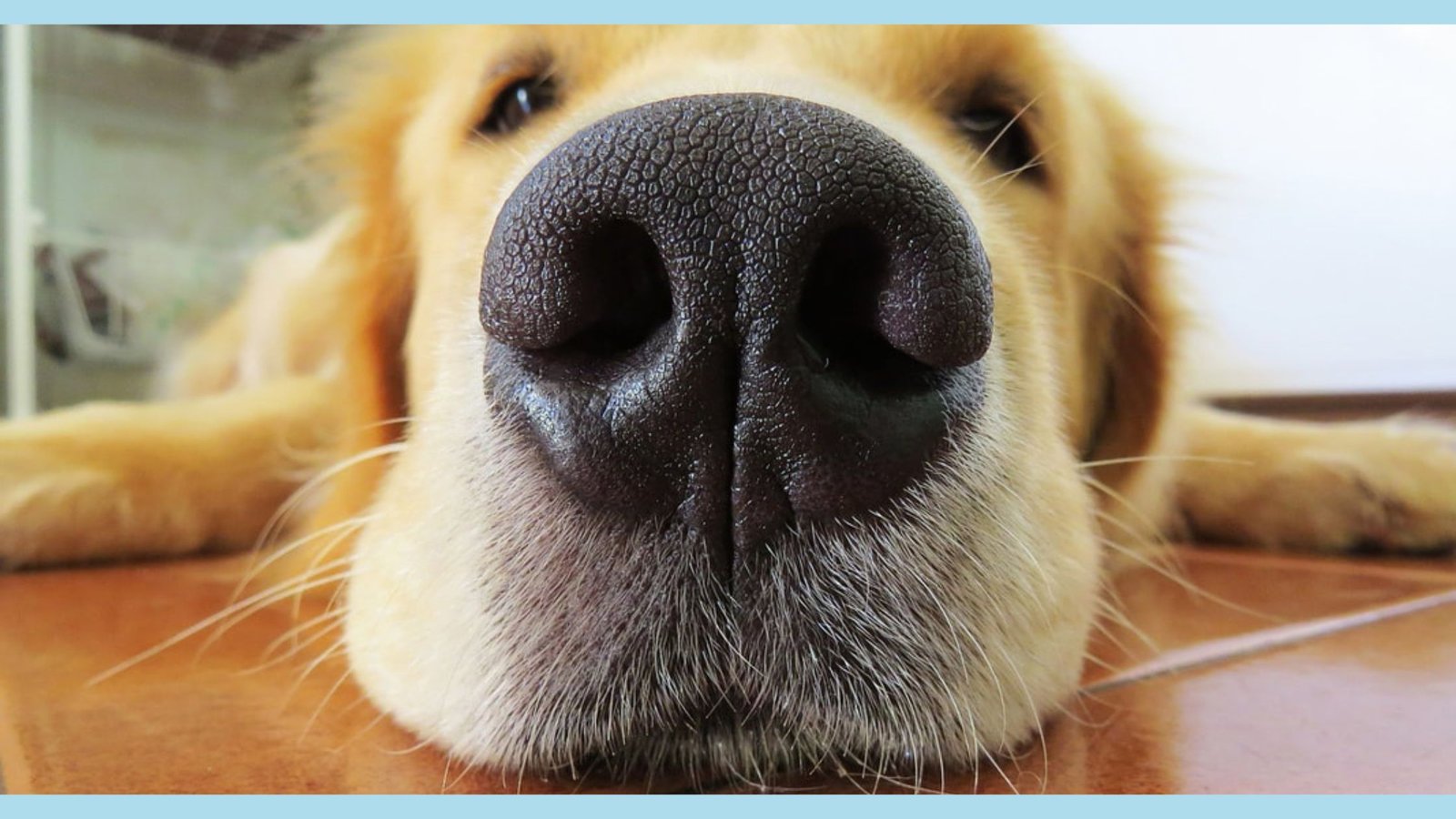We sigh when we’re relieved, stressed, or just plain tired. But what about our four-legged friends? If you’ve ever watched your dog collapse into a heap on their bed and let out a dramatic “huumph,” you’ve witnessed a classic dog sigh. While it might seem like they’re just mimicking their drama-filled human, the reasons behind a dog’s sigh are deeply rooted in their body language and emotional state. Let’s dive into the curious science and soulful reasons behind why dogs sigh.
„ A dog’s sigh is more than just a breath, it’s a window into their emotional world. “

WHY DO DOGS MAKE THAT SIGHING SOUND?
There’s perhaps no sound more subtly expressive than the sigh of a contented dog curled up at your feet. But what about the heavy sigh that follows the disappointment of a canceled walk? As dog owners, we’ve all heard our furry friends let out a deep, soulful sigh and wondered what exactly is going on in their minds.
Is it boredom, bliss, or something else entirely? Unraveling the meaning behind this common behavior reveals a fascinating glimpse into the emotional world of our best friends.

WHAT ARE THE REASONS THAT MAKES DOGS TO SIGH?
One reason dogs sigh is to show they feel relaxed and content. Like us, dogs can sigh when feeling calm after a busy day. The sigh is a way to let go of stress and show they are at ease. It’s like when we take a deep breath after finishing a hard task.
Dogs also use sighing to share their feelings. Dogs can sense when their owners feel sad or anxious. A dog might sigh to comfort their human and say, “I’m here for you.” It’s the dog’s way to show empathy and understanding.
Sighing is How Dogs Communicate
Sometimes dogs sigh when frustrated or bored. If a dog doesn’t get enough activity, they may sigh to show they need more stimulation. This sigh means the dog needs more playtime or exercise. Dogs use sighing to tell us what they need.
Sighing can also mean a dog feels unwell or in pain. Like humans, dogs get sick or feel discomfort. A sigh may indicate the dog doesn’t feel right physically. Owners should watch for these sighs and ensure their dog is healthy.
Dogs Do Sigh from a Health Problem?
It’s worth noting that while sighing is a common behavior in dogs, it should not be confused with excessive panting or heavy breathing, which can be signs of underlying health issues or stress. If a dog is sighing excessively or displaying other abnormal behaviors, it’s advisable to consult a veterinarian to rule out any potential health problems.
So, dogs do sigh for various reasons, including expressing contentment, communicating emotions, showing frustration or boredom, and indicating physical discomfort. By paying attention to these sighs and understanding their context, pet owners can better understand their dog’s needs and provide the appropriate care and attention.

DOGS DO SIGH FROM RELAXATION AND CONTENTMENT
Most of the time, dogs do sigh when they are feeling relaxed and content. Similar to humans, dogs may let out a sigh as a way to release tension and show that they are at ease. This is often observed when a dog is resting or sleeping peacefully. It is a sign that they are in a comfortable and safe environment.
Dogs Sigh As An Emotional State
When a dog sighs in this context, it is usually accompanied by other signs of relaxation, such as a relaxed body posture, closed eyes, and possibly even a gentle snore. It is a positive behavior that indicates that the dog is feeling calm and content.
Dogs have a unique ability to sense and respond to their surroundings, and their sighs can be a reflection of their emotional state. They may sigh after a long walk or play session, as a way to release any pent-up energy or excitement. It’s the dogs way of saying, “Ah, that was really a good time!”
Dogs Do Sigh from Satisfaction
Furthermore, dogs may also sigh when they are feeling content in their social interactions with humans or other animals. For example, after receiving a belly rub or being petted, a dog may let out a sigh to express their pleasure and satisfaction. It’s their way of saying, “I’m enjoying this moment and I feel loved.”
It’s important for dog owners to recognize and appreciate these sighs as positive indicators of their dog’s well-being. By understanding the meaning behind their sighs, we can better respond to their needs and provide them with the love and care they deserve.

DO DOGS SIGH FROM BOREDOM OR FRUSTRATION?
However, sighing in dogs is not always a sign of relaxation. Sometimes, dogs may sigh out of boredom or frustration. Dogs are known to be intelligent animals and they require regular mental and physical stimulation to thrive. When they are not adequately engaged or stimulated, they may become bored or frustrated.
Do Dogs Sigh to Show Dissatisfaction?
In such situations, a dog may let out a sigh as a way to express their dissatisfaction. It can be accompanied by other signs of restlessness, such as pacing, whining, or excessive licking. If you notice your dog sighing frequently and displaying other signs of boredom or frustration, it may be a sign that they need more mental or physical exercise.
Providing your dog with enough mental and physical stimulation is crucial for their overall well-being. Dogs need regular exercise to burn off excess energy and prevent boredom. Taking your dog for daily walks, engaging in playtime, and providing them with interactive toys can help keep them mentally and physically stimulated.
Just like physical exercise, mental stimulation is crucial for all dogs. Activities like puzzle toys, obedience training, and interactive games keep your dog’s mind active and prevent boredom. Teaching your pup new tricks or introducing scent games are also great mental exercises.
How to Understand Your Dog’s Communication?
Every dog has unique exercise and mental needs. The amount and type of exercise required depends on their breed, age, and overall health. Some dogs need intense physical activity, while others need more mental stimulation.
Pay attention to your dog’s behavior and understand their individual needs. Keep providing exercise and mental engagement. If your dog still seems bored or frustrated, consult a dog trainer or behaviorist for guidance on addressing any underlying issues.

DOGS SIGH TO GET ATTENTION
Dogs may also sigh to get their owner’s attention. Dogs are social animals that enjoy human interaction and companionship. They’ve learned certain behaviors like sighing can get a response from their owners.
How to Recognize Your Dog’s Sigh?
Some dogs have learned that sighing gets them the attention they want. They might sigh when they want petting, food, or just your presence. If you consistently respond to their sighs with attention, they’ll continue using this behavior to communicate their needs or desires.
Dogs sometimes sigh. It’s not always for your attention. Like us, they might sigh to release stress or when relaxed. Watch their body language and behavior to understand why they’re sighing. If your dog’s sighing to get your attention, they might paw you, nudge you, or bark too. These other actions show they want something from you.
Dog’s Sighs Can Help Strengthen The Bond
Don’t want your dog sighing for attention? Set rules and teach them better ways to communicate. Use positive training methods and reward good behavior. For example, if your dog sighs for attention, ignore the sigh. Wait for them to sit or give paw instead.
Then reward that behavior with praise, treats or petting. Rewarding the behavior you want teaches your dog a polite way to get your attention. Understanding why your dog sighs strengthens your bond. Meeting their needs positively creates a happy relationship with your furry friend.

DO DOGS SIGH SOMETIMES WHEN THEY’RE ANXIOUS?
Sometimes, dogs sigh because they feel anxious or stressed out. It’s like how people sigh too when they’re worried or uncomfortable. There can be different reasons why a dog might get anxious that make them sigh.
If your dog sighs a lot and also acts scared, like shaking, breathing heavily, or avoiding things, then it’s a good idea to find out what’s causing their stress. You can talk to your vet or a dog trainer to help figure out how to make your dog feel calmer and happier.
Changes Stress Dogs Out
Dogs are creatures of habit. Even small changes can make them anxious, leading to sighs. Moving homes, new people or pets, or shifting furniture can all make a dog feel uneasy. They like routines and familiarity. Any disruption to their usual day can be stressful, so they sigh.
Another big reason dogs get stressed is separation anxiety when left alone. Dogs are very social and need their owners around. Being apart makes them scared and lonely, leading to anxiety sighs. Getting your dog used to being alone slowly helps, plus giving toys and activities to keep them occupied when you’re out.
How to Understand Fear in Dogs?
Fear often makes dogs feel stressed. Loud sounds, strange places, or meeting aggressive dogs or people can trigger fear. Dogs may sigh to release tension and cope with feeling scared. It’s important to create a safe space for your dog, limit exposure to scary things, and give positive reinforcement to help them overcome fears.
Sometimes, medical issues can also cause stress and anxiety in dogs. Pain, discomfort, or health problems may make dogs sigh to express distress. If your dog’s sighing comes with other worrying signs like loss of appetite, low energy, or behavior changes, you should see a vet to rule out any underlying medical conditions.
Brief Summary On Why Do Dogs Sigh
Addressing stress and anxiety in dogs requires a holistic approach. Along with identifying and minimizing specific stressors, several strategies can promote your dog’s well-being. Regular exercise, mental stimulation, and a balanced diet contribute to a dog’s overall emotional health.

Additionally, creating a calm and predictable environment, providing positive reinforcement, and considering behavior training can also help reduce stress and anxiety.










